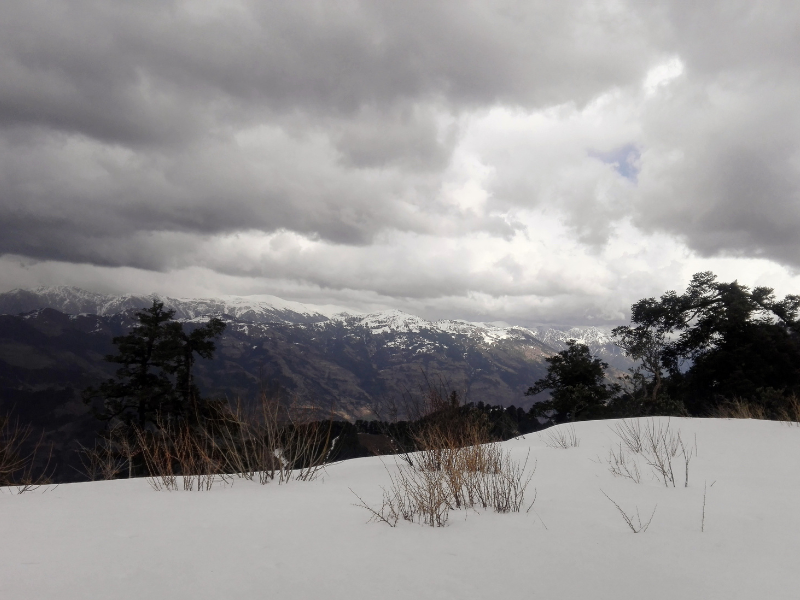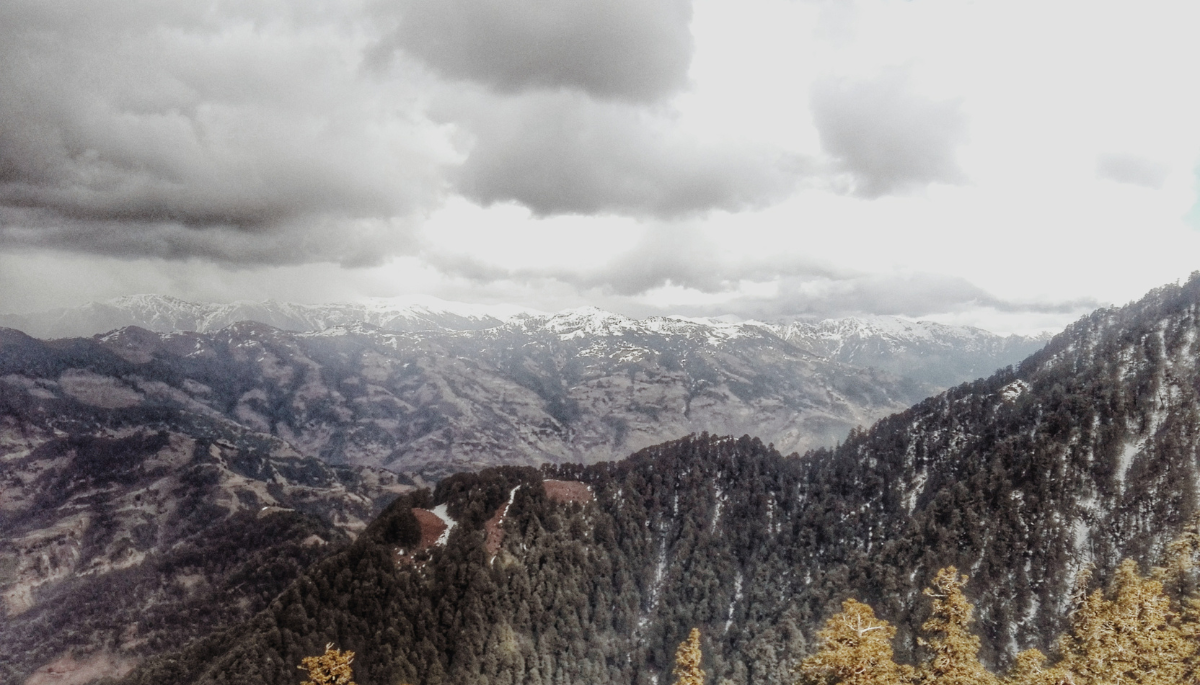Overview
Influenced by the Maoist insurgency of Nepal, this trek is one of the least known. The Guerrilla Trek is one of the newest treks in Nepal, traversing some of Nepal’s most remote villages. This trek, in western Nepal, features the trails used by the Maoists during the Nepalese Civil War, which ended in 2006. Anyone interested in knowing Nepal’s history and past can choose this trek. It offers a mix of history, natural beauty, and numerous cultural experiences. It covers regions in the western part of Nepal, such as Rukum and Rolpa. Trekkers can glimpse the stunning Annapurna and Dhaulagiri ranges.
As the route passes through dense forests, small settlements, and serene landscapes, trekkers are delighted with an experience like none. This trek also offers insights into the lives of the people affected by the conflict that took place years ago. The trek is characterized by moderately difficult steep uphill and downhill terrains. This article features some important information, highlights, and a route overview of this trek.
Some Facts about this trek:
- Region: Annapurna and Dhaulagiri
- Maximum Elevation: 3090 meters
- Trek Difficulty: Moderate
- Accommodation: Tea Houses and Homestays
- Duration: 12-14 days
Highlights of the Guerrilla Trek:
- Historical Significance: The trails of this trek are rooted in history, with some places marking key events and dates. Along the way, you can see numerous guerrilla shelters used by the Maoist cadres. Locals will also tell you how their lives were affected by the conflict that took years ago.
- Scenic Beauty: The trail offers stunning views of the surrounding mountains. The trails are covered in rhododendron forests, so trekkers can enjoy the peaceful environment as they walk. Additionally, the crisp and fresh air around this place makes it even more magical.
- Off-the-beaten paths: This is one of the newest additions to the trekking destinations in Nepal. Which makes this trek very less crowded and peaceful.
- Cultural Exploration: On the trek, you can interact with the local Rai and Sherpa people. They can brief you about their lifestyles and traditions, which can be a new thing for many trekkers.
Route Overview:
(Kathmandu-Dhorpatan) The first half of the trek
Firstly, your journey starts in Kathmandu, and you must get to Pokhara. Comparatively, flight is the better option, as a bus journey takes around 7-8 hours. It is advised to avoid the bus route, especially during monsoon. Finally, upon reaching Pokhara, you must travel an additional 5-6 hours by jeep to reach Darbang. You will come across bumpy roads once you start your Jeep journey. On your trek’s second day, you must reach Lamsung. The second day’s trek will take around 5-6 hours, and you shall reach a maximum elevation of 2250 meters.
During the trek, you will come across many locals who have stories about the Civil War. For the third day, your destination is Gurjaghat. As the altitude rises, you will walk through dense pine forests. You also need to walk on rocky terrains, which often provide a 180-degree view of the Dhaulagiri range. After your stay at Gurjaghat, on the fourth day, you will head towards Dhorpatan. You might see rare animals like the Himalayan black bear and Tahr if you’re lucky. You will stay overnight at a lodge in Dhorpatan.

(Dhorpatan-Sulichaur,Rolpa-Kathmandu) The second half of the trek
On the sixth day of your trek, you will depart Dhorpatan and head towards Nisildhor. After 5 hours of trek, you will reach Nisildhor. The Maoists heavily used this trail during the Civil War. You will stay overnight at a lodge in Nisildhor. The following day, you will head towards Teka/Sera. Enjoying the natural beauties around the region, you can easily reach the destination in seven hours. During this day’s trek, you will come across Tallo Sera, which used to be one of the main hideouts of the Maoists during the war. On the next day, Lukum is where you’re headed. On the way, you can witness distant peaks like Sisne, Hiunchuli, Gurja Himal, and many more. Thabang, which is your next day’s destination, is one of the areas heavily attacked during the war. On the way to Jaljala, you must descend from Thabang.
As you descend in elevation, you will pass several mixed ethnicities. From here, you will get stunning panoramas of Api and Saipal. On your trek’s last day, you will get to Rolpa. It was the base of the operation of Maoists during the war. Sulichaur, Rolpa is your trek’s last destination. The following day, you will take a bus ride to Kathmandu, which takes around 14 hours.
Frequently Asked Questions (FAQs)
What is the Guerrilla Trek?
The Guerrilla trek is a unique trekking route in western Nepal that winds through the trails once used by the Maoist insurgents during Nepal’s Civil War (1996-2006).
Where does the trek start and end?
The trek usually starts in Darbang and ends in Rukum or Rolpa, depending on your itinerary and route.
How long is the trek?
The trek usually lasts between 12-15 days.
What is the best time for this trek?
Autumn and Spring are the favorable times for this trek.
Are there lodges and teahouses?
There are teahouses and lodges throughout the trail.
Do I need a permit for this trek?
You will need a TIMS card and some local cards during the trek.
You may also like: Dhorpatan Hunting Reserve Trek.


0 Comment